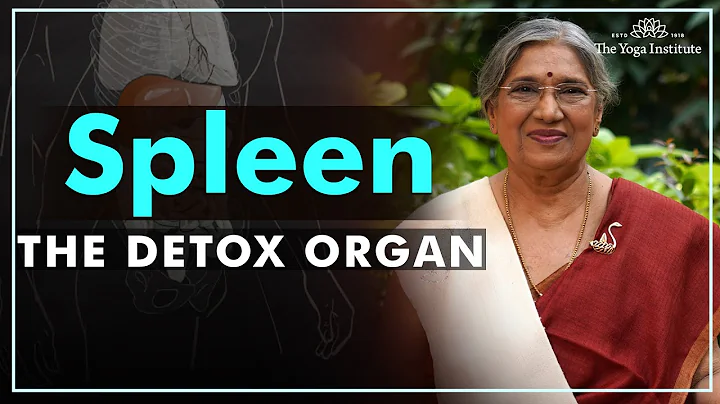plastic additive, also known as plastic additive, is some compounds that must be added when polymer ( synthetic resin ) is molded and processed to improve its processing performance or to improve the performance of the resin itself. The addition of
additive can promote plastics to improve the processing, physical, chemical functions of the substrate and increase the physical and chemical characteristics of the substrate.
Today we will learn about the classification of plastic additives and take stock of different plastic additives.
1, antioxidant (Antioxidant)
Unsaturated double bonds in plastic are attacked by oxygen atoms, heat and light, causing breakage to produce free radical , which causes chain reactions, causing the molecular chain to break or form chain crosslinking, resulting in the strength of the finished plastic product to decrease or become brittle. The function of antioxidants is to delay the decomposition of plastics due to oxidation and extend the life of plastic products.
Antioxidants used in the plastics industry can be distinguished according to their functions:
(1) Oxidation chain reaction inhibitor
such as alkyl phenol (Alkyl phenol), butylated hydroxytoluene (BHT), aromatic amines (Aromaticamines), phenyl-B-Naphtylamine, Alkyl quinone, Alkyl bisphenol (Alkylene) bisphenol), alkyl phenol sulfide (Alkyl phenolthioether), phenyl salicylate (Phenyl salicylate), etc.
(2) Peroxide decomposition agent
such as lycopenethionethylene system, Thio propionate ester, organic phosphite compounds (Organic phosphites), disulfide salt system, etc.
(3) Heavy metal inactive agent
such as amide compound, diaminamide compound, aromatic amine compound, etc.
2, antistatic agent (Antistic agent)
The main function of antistatic agent is to impart electrical conductivity to plastics so that it avoids the accumulation of static electricity caused by friction. Commonly used antistatic agents include quaternary ammonium salts, amine ethoxide, fatty acid esters and sulfonated waxes, etc.
3, foaming agent (Blowingagent)
plastic foaming agents mainly include three categories:
(1) nitrogen , carbon dioxide , and air, directly pressed into the plastic melt adhesive to foam;
(2) Volatile liquids such as butane , pentane, petroleum ether , difluorodichloromethane , etc. volatilize and expand after heating, causing the plastic body to foam. The common polystyrene foam belongs to this type;
(3) Decomposition chemical foaming agents, such foaming agents are generally solid powders, which decompose and release gas (usually nitrogen or carbon dioxide) when heated, causing the plastic to produce a cellular structure and reduce weight.

This type of foaming agent is mostly organic azo compounds, such as Azodicarbonamide and Azobisisobutyro-nitrile (Azobisisobutyro-nitrile for short): AIBN. The foamed plastics are mainly: ABS, PS, PVC, PU, EVA, PE, PP, etc.
4. Flameretardant
When the plastic with flame retardant is exposed to the flame, it can suppress the spread of the flame by itself and prevent the formation of smoke. When the flame is removed, the combustion will stop.
1 The principle of flame retardant used in plastic can be roughly divided into three types:
(1) Reactive type (Reactive type) flame retardant can react with oxygen to form an inert gas, covering the combustion substance, and reduce the oxygen content of combustion to achieve the purpose of terminating combustion.This method is used for any halogen compounds that can produce CO, CO2, NH3 and halogen compounds during combustion, such as PVC, PU foam, polyester or epoxy resin .
(2) Non-Reactive type flame retardant is a compound containing halogen, phosphorus, nitrogen or boron. When combustion occurs, an inert substance can be decomposed, covered on the surface of the plastic combustion substance, forming a layer of obstacles to isolate the outside oxygen and achieve the purpose of flame resistance.
(3) When the flame retardant agent of aqueous oxide , such as alumina , is burned, water gas can be released, absorb the hot gas from the combustion process, reduce the temperature around the combustion substance to suppress the spread of the flame, and prevent the formation of smoke.
5, Lubricant (Lubricant)
Slippery agent can be divided into internal slip agents and external slip agents. The main function of internal slip agents is to improve the internal fluidity of the resin and reduce the internal friction between the resin molecular chains, such as fatty acid lipids (monoglyceride stearate); external slip agents reduce the adhesion of the resin to processing machinery, and improve the smoothness of the product surface and make it easy to release the mold, such as HoechstWax.
6, Impact Modifier (Impact Modifier)
Impact Modifier is usually a resin with special characteristics added in a compounding manner to improve the impact resistance of plastics. Impact-resistant modifiers often affect the heat resistance, fluidity or processability of plastics, and you must be careful when choosing.

7, Plasticizer (Plasticizer)
Most synthetic resins are plasticized, but the size of plasticity is different. In order to make the resin easy to plasticize and impart the product's softness, some low-molecular substances are generally added to the resin, and these low-molecular substances are called plasticizers. Plasticizers are liquids or low-melting substances and should have good miscibility with resins. Commonly used plasticizers include phthalates, aliphatic dibasic acid esters, phosphate esters, chlorinated paraffin , etc.
8, Coloring agent
is an additive containing colorant added to the material to beautify and decorate plastics, called colorant.
9. Filling material
is added to the plastic compound to reduce costs. Sometimes it can also enhance the physical properties of the plastic. For example, relatively inert substances with hardness, stiffness and impact strength are called fillers. The most commonly used fillers include clay, silicate , talc , carbonate , etc.











